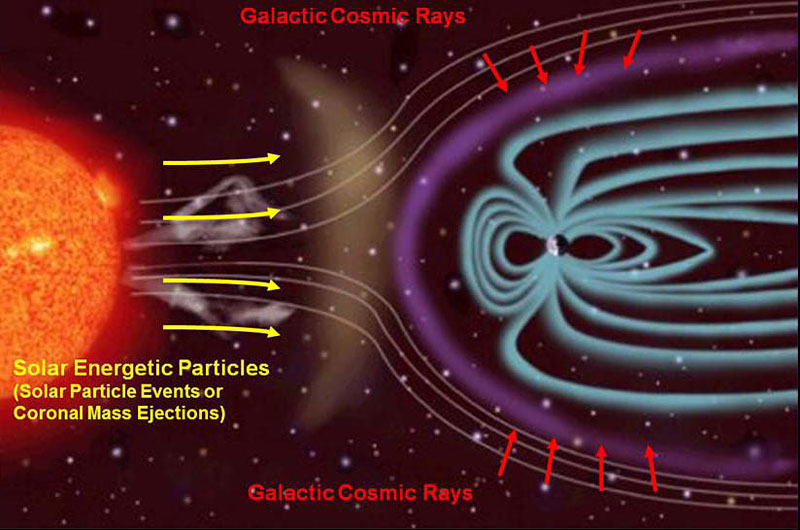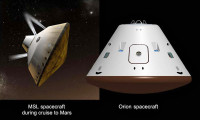The Radiation Assessment Detector (RAD) on NASA’s Curiosity Mars rover monitors high-energy atomic and subatomic particles coming from the sun, distant supernovae and other sources. (Image credit: NASA/JPL-Caltech/SwRI)
Home The Radiation Assessment Detector (RAD) on NASA’s Curiosity Mars rover monitors high-energy atomic and subatomic particles coming from the sun, distant supernovae and other sources. (Image credit: NASA/JPL-Caltech/SwRI) The Radiation Assessment Detector (RAD) on NASA's Curiosity Mars rover monitors high-energy atomic and subatomic particles coming from the sun, distant supernovae and other sources. (Image credit: NASA/JPL-Caltech/SwRI)



